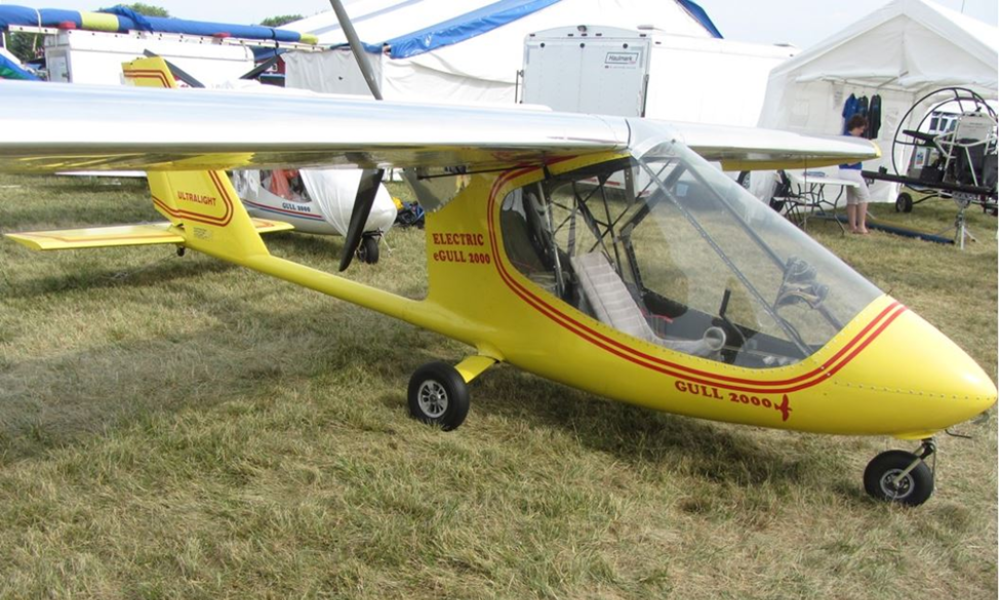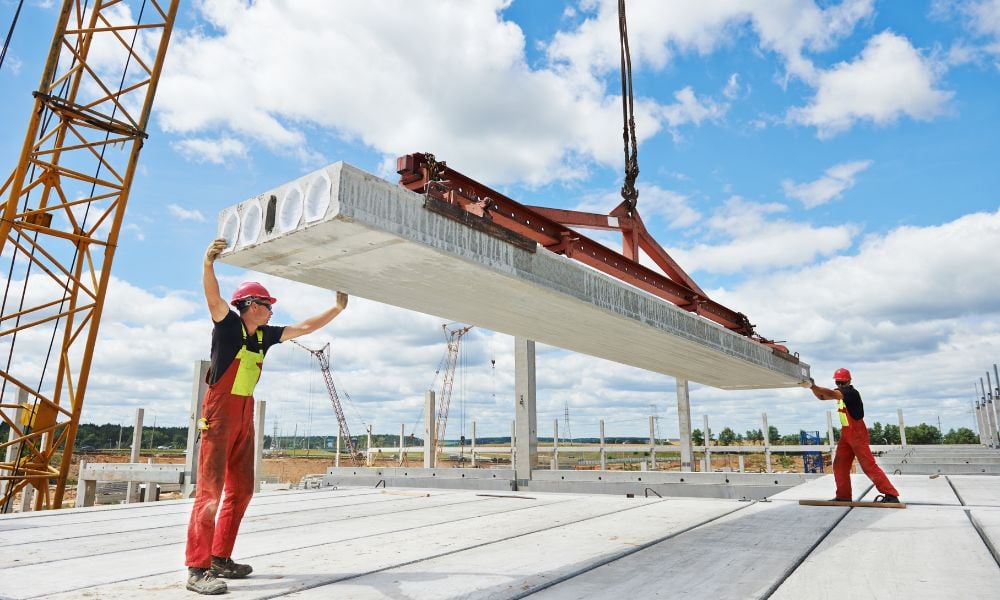'Component of aileron control system was missing' says report

A recent Transportation Safety Board of Canada (TSB) investigation into a fatal ultralight aircraft crash near Weyman Airpark, New Brunswick, has highlighted key safety concerns, including missing flight control hardware and a lack of protective headgear.
The accident occurred on July 19, 2024, involving an Earthstar Aircraft eGull. According to the TSB, the aircraft's owner-pilot was flying at low altitude when the aircraft suddenly lost control and crashed. The pilot sustained fatal injuries.
Missing hardware in flight controls
Investigators found that critical hardware was absent from the aircraft's aileron control system, which likely contributed to the loss of control. “A detailed examination of the wreckage determined that a component of the aileron control system was missing, which may have led to the pilot’s inability to maintain control,” says the TSB.
The TSB emphasized that pre-flight inspections are essential for detecting such issues. "Ultralight aircraft owners and operators should ensure that all flight control components are properly secured before every flight," the report warns.
Lack of helmet protection
Another critical safety finding was that the pilot was not wearing a helmet, despite Transport Canada regulations requiring helmets for ultralight operations. “The lack of head protection increases the risk of serious injury in the event of a crash,” the TSB noted.
The investigation also confirmed that the aircraft did not catch fire upon impact, but this did not mitigate the severity of the crash forces.
Safety takeaways for industry professionals
The TSB’s findings reinforce the need for rigorous pre-flight inspections, adherence to safety regulations, and the use of protective equipment. Aviation safety professionals and employers should take note of the report’s recommendations and encourage best practices in aircraft maintenance, pilot training, and personal protective equipment (PPE) compliance.





